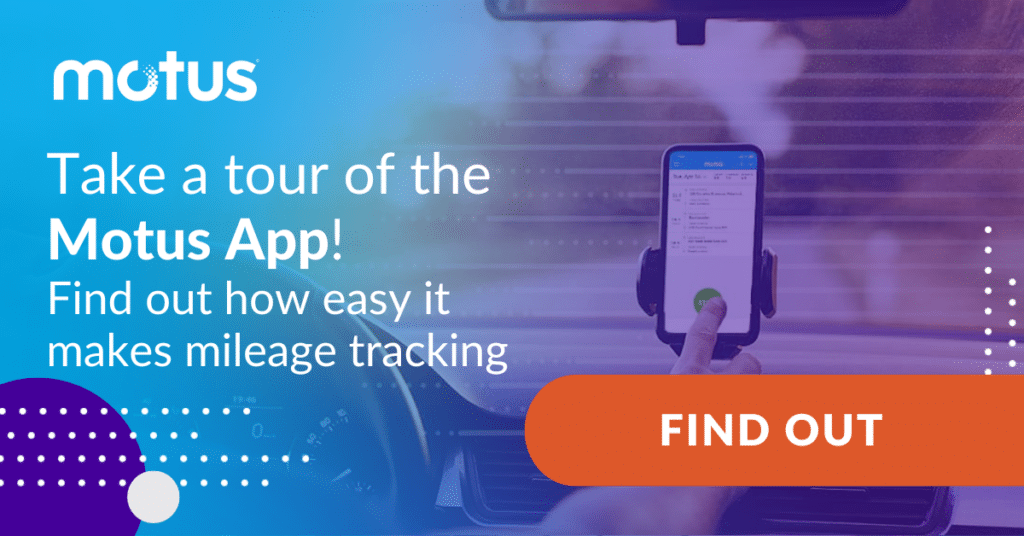When companies use a cents-per-mile reimbursement program, employees become accustomed to getting paid a certain way. While CPM programs can work well for companies in certain situations, this is not the case for every business. Those facing challenges need an alternative.
When companies decide to make the transition away from a CPM program, it’s understandable that employees used to receiving a reimbursement will have questions about how the change will impact them. So, what are some questions that employees will have when switching away from a CPM reimbursement program?
Will my fixed rate update? If so, when?
Your fixed rate will only be updated if your address changes or your company’s program changes. Typically, if you are living in the same location and driving the amount of mileage expected, you’ll only see an update to your fixed rate once a year when your company reviews the program. However, if you move to a new zip code, take a new role, or are driving considerably less or more than expected, your fixed rate may be adjusted accordingly.
Can I submit multiple times per month? What if I submit before the month is over?
It’s important to remember that mileage entry and mileage submission are different. If you’re submitting your mileage, that means that you’re finalizing the month and you’re informing Motus that you’re no longer driving for the month.
This should only be done once at the end of the month. If you submit mileage early, the month closes so you won’t be able to continue logging mileage. Although you’ll enter/log mileage daily via GPS or manually, make sure to only submit mileage once per month.
If you’re carpooling, who logs the mileage?
It’s fine if you rideshare for work. Please note that the only person who should be logging mileage for reimbursement is the owner or renter of the vehicle that’s in motion.
What if you’re stuck in traffic and your vehicle is not moving? Does the reimbursement account for idling?
Great Question! Reimbursements will directly account for expenses that everyone experiences across the board for business use of a personal vehicle but won’t directly reimburse for things like tolls or idling situations because those are situational.
When you’re reimbursed, we do consider something called a metro percentage which estimates the amount of driving you’ll do in stop and go conditions (or consistently under 35mph). This indirectly accounts for things like idling during your day and driving in the city where you’re using more gas, but not additional idling that happens by choice.
I bought a new car after I put my other car in to start with Motus. Should I just change the information on the website?
Yes. You can change this information via the website or the app by simply completing the same process as you did before. If you’re on the web, the links will say update rather than submit/upload. To clear the vehicle information, you may need to click “modify” once the vehicle information form opens.
Does the Motus App track my speed?
No, it does not. The IRS doesn’t require speed data to validate travel for reimbursement, so it’s not something that Motus calculates and records. You can see the start and stop time and trip duration as that is information the IRS requires for compliant logs, but calculating your speed would have to be done manually considering our app doesn’t do so automatically.
Pro Tips:
- Your reimbursement won’t be affected by having a vehicle with an odometer reading above or below the miles in the retention period. The number of miles is an estimate and is not related to receiving or not receiving the reimbursement.
- We’re looking for the actual vehicle age, not time on the program.
- You can drive whatever vehicle you want, regardless of age. Reimbursements will undergo taxability testing if you’re out of compliance.
If I get a new car, do I get more money back than an older car?
Great question! The reimbursement that’s calculated is based on the standard automobile, which is always brand new each year. Since we’re not using your personal vehicles to calculate reimbursements, then the fixed payment would not increase due to the purchase of a new vehicle.
Admins and drivers alike have questions when transitioning from a cents-per-mile reimbursement program
It’s normal for questions to pop up from all areas of the company. Drivers will likely wonder how the program affects them, while admins will want to know how to manage it. Getting everyone on the same page is key to making the transition smooth.
That’s why we put together this guide—to help business leaders get a clear picture of what it’s like to work with us.










